Wilson’s Snipe (Gallinago delicata) is a medium-sized pudgy shorebird with short, stocky legs. The bill is very straight and very long. The head is round, and the tail is short. They measure 10.6-12.6 inches with a wingspan of 16.1-17.3 inches, weighing 2.8-5.2 oz. Wilson’s Snipe are intricately patterned in buff and brown stripes and bars. The dark head has prominent buffy to whiteish stripes. There are three long buffy streaks along their dark backs. The chest is streaked and spotted with brown; the sides are heavily barred with black. In flight, the wings are dark above and below. Wilson’s Snipe has an extensive range from Canada to the United States, Central America, and Venezuela. Florida makes up their non-breeding range.
This shorebird can be found in all types of marshy settings. They avoid areas with tall, dense vegetation, but they need small areas with cover to hide in and to provide a safe lookout for predators. Wilson’s Snipe diet mainly consists of insect larvae, including flies such as crane, horse, and deer flies as well as beetles, dragonflies, crickets, grasshoppers, ants, mayflies, butterflies, caddis flies, and moths. Other invertebrates include snails, crustaceans, and worms. Small vertebrates, including lizards, frogs, fish, and nestlings, are occasionally eaten with plant materials making up a tiny part of their diet. Their flexible bills are used to probe for food in the wet soil, the tip of the bill grasps food while the base remains closed, and they can slurp up the food without removing their bill from the damp soil. The Wilson’s Snipe’s eyes are set far back on its head, so they can almost be as well behind as in front and to the sides. This makes it difficult for potential predators to sneak up on them. The term “has eyes in the back of its head” can be used for Wilson’s Snipe!
According to the North American Breeding Bird Survey, this species’ population is widespread and stable, making it a low conservation concern. However, the draining or conversion of wetland habitat is detrimental to this species. There are still threats, such as collisions with lighthouses, radio, TV, cell towers, buildings, and cars.

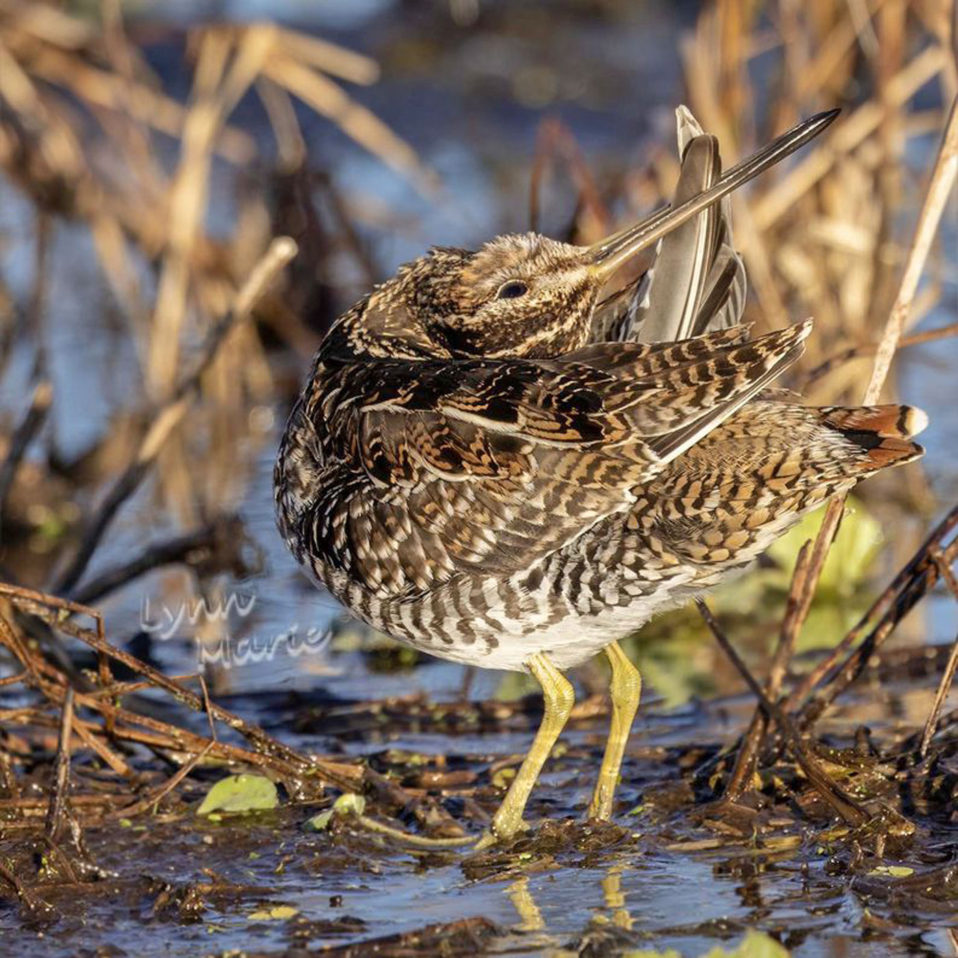
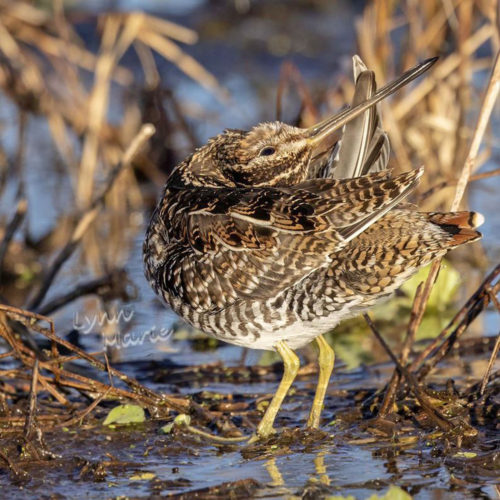
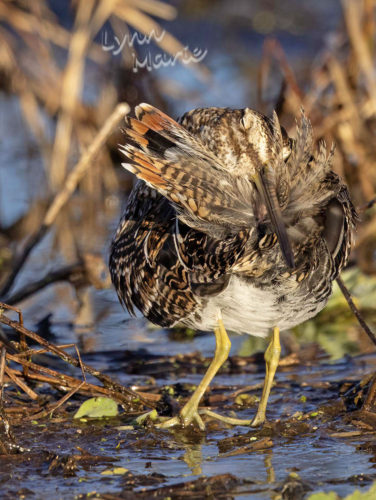
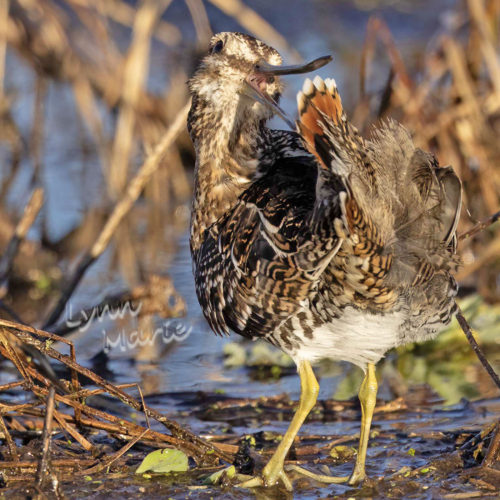
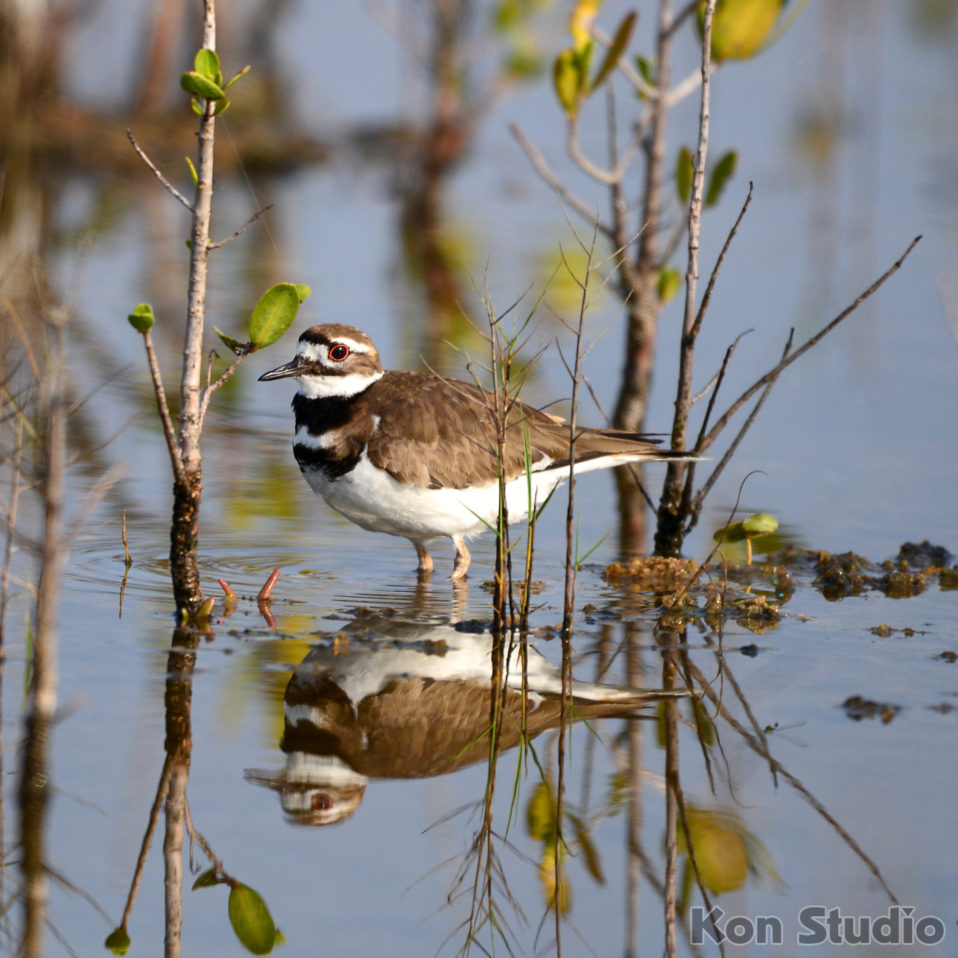
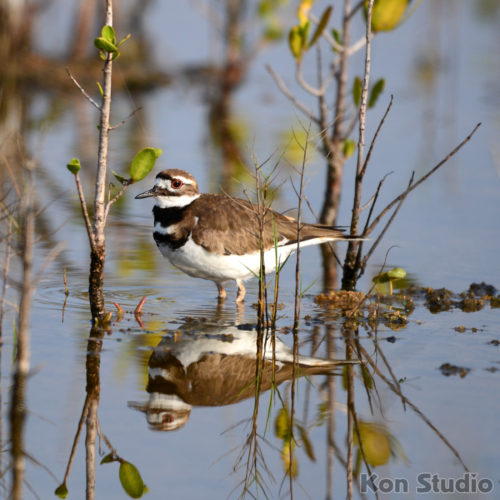
Recent Comments